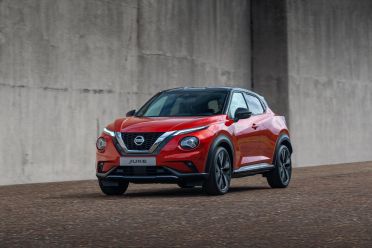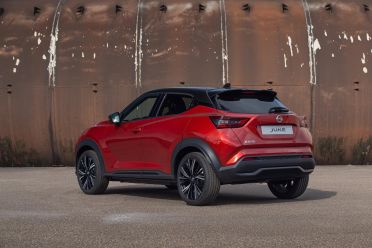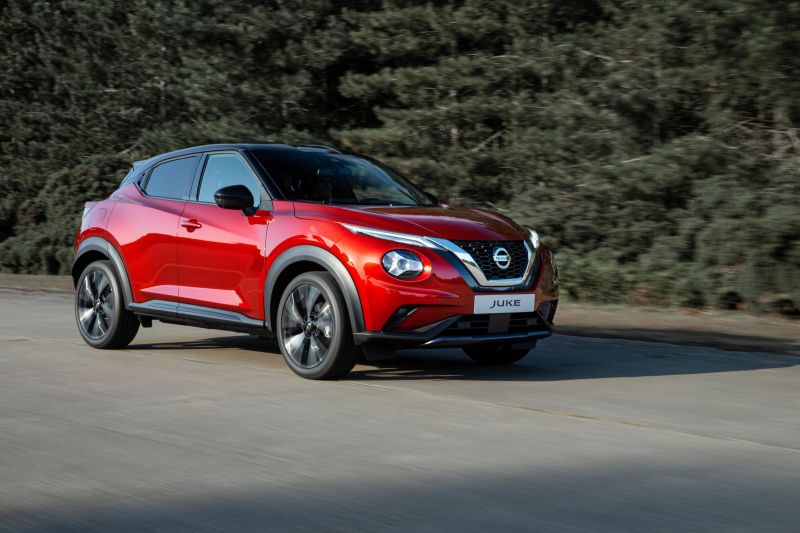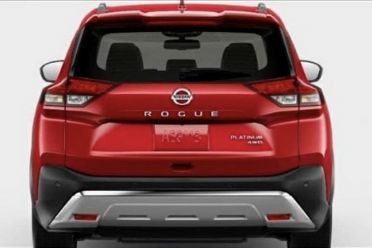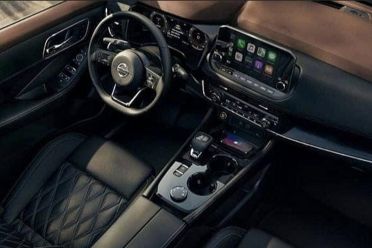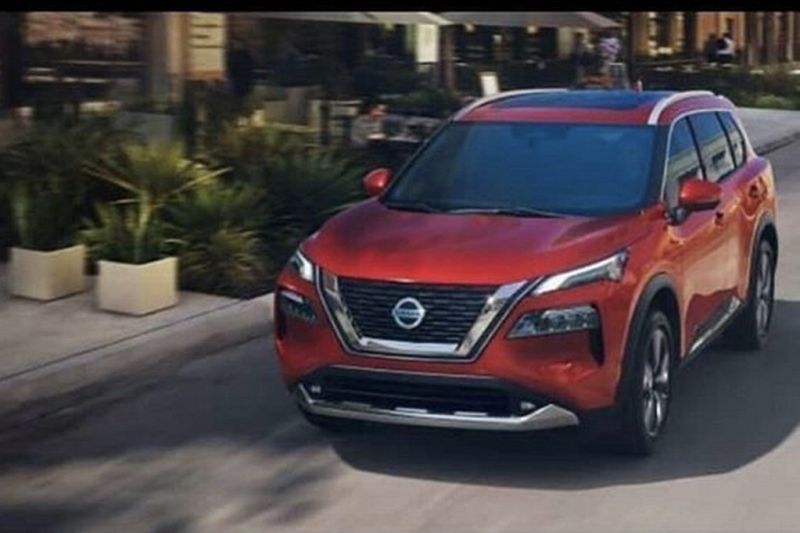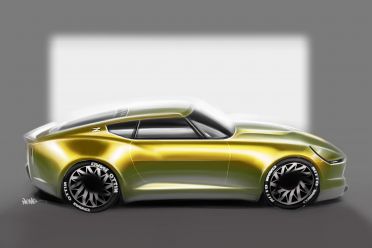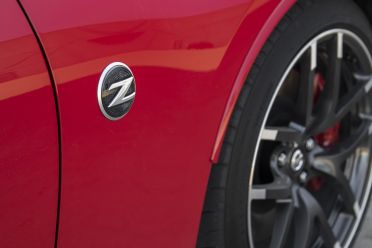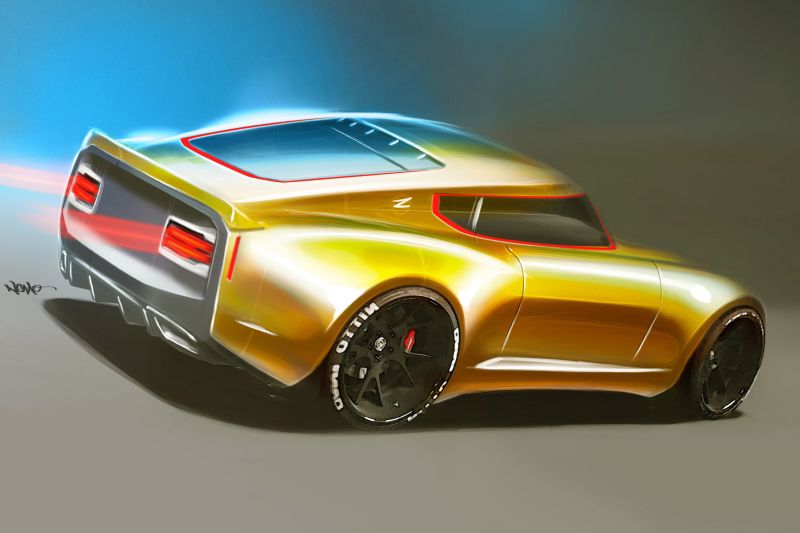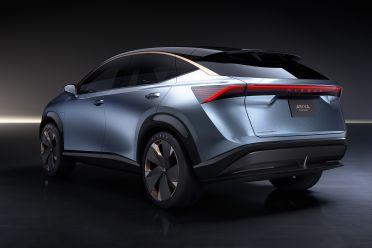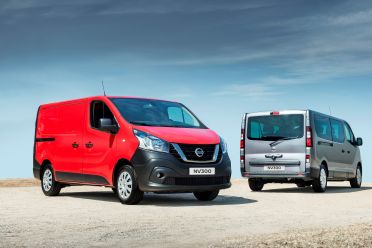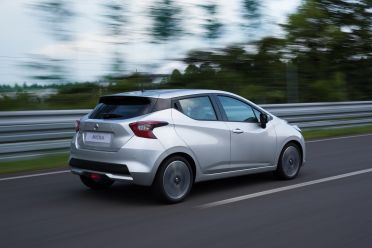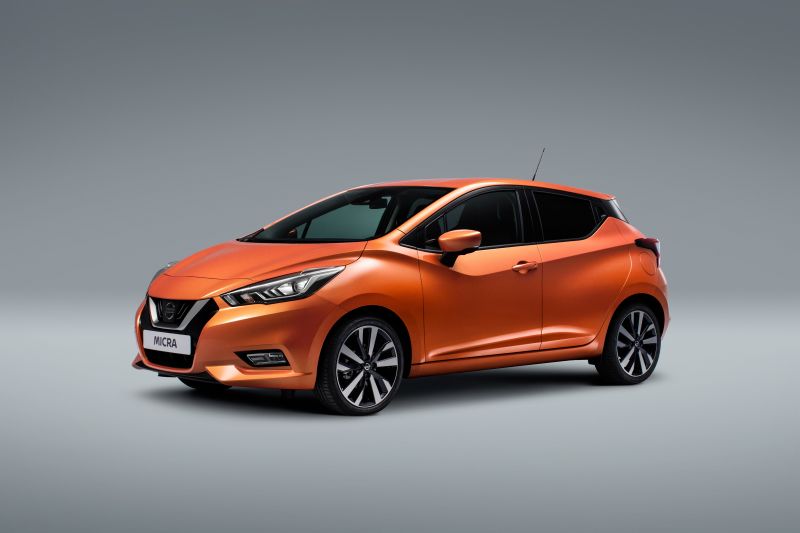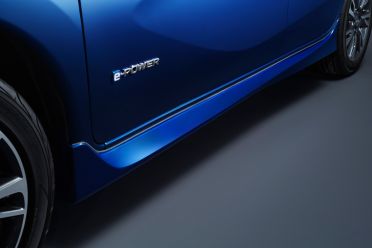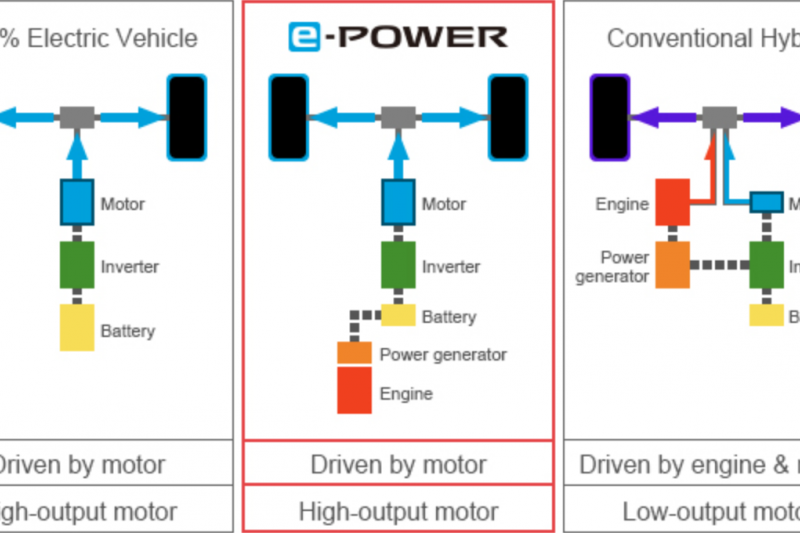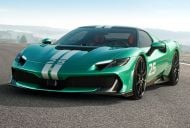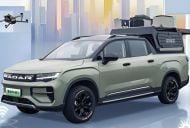Nissan Australia is keenly aware its product range is older than ideal. But with four important new models on the horizon and various electric cars and vans on the wish list, the figurative worm might be turning.
Australia is one of the most fiercely-contested automotive markets in the world, and it’s vital to have the most contemporary range possible.
While Nissan has recently launched updated versions of the Qashqai, Patrol, GT-R and Navara, the only all-new car it has launched in the past few years is the Leaf electric hatch.
“There’s no question we are excited to be launching some new products in the market,” said Nissan Australia’s managing director Stephen Lester, who we spoke with recently.
We asked him about the imminent product rollout after what we termed a “slightly quiet” period for product renewal.
“I would say ‘slight’ would be a very modest way to put it, it’s been a long time, and I’ve been vocal about that internally and with our dealers. We’re very focused on the fact we’ve got brighter times ahead viz-a-viz new product,” he said with some candour.
“… it’s been a slightly longer gap than we originally wanted,” he added.
But help is finally on hand. The new Juke small SUV will arrive to compete with Mazda’s hot-selling CX-3 in a few months, and should prove more popular than its predecessor which never caught on here.
We also understand new versions of the X-Trail (images of which leaked online already) and circa 300kW Z sports car should make global premieres this year, and European media is reporting a new Qashqai is on track for a September 2020 premiere. All three will naturally come to Australia – we’d speculate during 2021.
“Juke is just around the corner, design-wise it’s stunning and fits really well in a growth segment… I think it will speak to a wide part of the market,” Lester contends.
“Of course with some of the other vehicles, I can’t comment on the future of Z per se, or the unfortunate details around X-Trail images [leaking], but we are obviously planning to have both of these vehicles as we go forward.
“… We just celebrated 50 years with Z, so that’s a tremendous amount of history and continuity, and we’re really excited about what Nissan has in store for us, and to present down the road.”
Nissan’s pledge to “electrify” a third of its range by 2022 also remains active. This means its e-Power hybrid technology, in which a petrol engine generates charge for the electric drive motor, will roll out en masse over the next two years.
It’s a no-brainer that both the Qashqai and X-Trail will get this technology as an option, and compete with the hybrid versions of Toyota’s C-HR and RAV4 that have proven more popular than expected.
“We’ve been fairly vocal on the fact that a third of our range will be electrified by 2022 and we’re on track with that,” Lester insisted.
Nissan also wants to augment its range with the extended-range 60kWh Leaf e-Plus, which has about 40 per cent more driving range than the 40kWh version sold here at present.
“We’re keen to bring this car to Australia, and we believe we will have more details coming up on that soon,” Lester told us.
The company is also working on its first electric SUV to tackle Tesla’s Model Y, which it previewed with the twin-motor Arya concept late last year.
“Concepts like Ariya we would certainly be excited to see in Australia, and we will continue to push the team to get that here as quickly as possible. Whether it’s the look of the concept or hinting at what’s under the bonnet, it’s really exciting,” Lester said.
We also wondered aloud whether Nissan could expand its range by digging into its European portfolio. The Renault Clio-based Micra sold and made in Europe now has an automatic transmission, and there are light commercial vans in its stable there too, all rebadged versions of Renaults already sold in Australia.
“The reality is there are certainly products in other markets that would work well here, and we’ve been a part of a number of business cases and plans to help bring some of those to Australia,” Lester answered.
“We definitely see an opportunity with the van space in particular and will continue to answer the questions from the global team on how to do that.
“Micra.. would be a logical choice as well, and we’ll continue with the support of the region to bring those to market as soon as possible.
“… There have certainly been a number of headwinds. Forex (foreign exchange) is probably one of the biggest challenges, we’re at five-year lows more or less against all of our major currencies, and so that does present a significant challenge to us, but we’re also looking at a TIV [car sales] that is under a massive amount of pressure, dropping from near 1.2 million [annual] to slightly over a million.
“So we’ve got to make sure that we can fulfill the [necessary] volume over time and that the product timing and life cycle timing is right and fits in with what our needs are. There’s no use bringing a product at the end of its life cycle, not that those products are necessarily there.”
Regardless, there’s little doubt that Nissan will have substantially replenished its range by the end of 2022. After such a quiet period of launches and a growing reliance on selling ageing models, that’s good news for one of the market’s better-known brands.
“ I think it can be easy to make excuses for not having products or utilising geography as a driver to that,” Lester said.
“The reality is in our market we get nothing but support from the region and global team, we just need to continue to work on, from our standpoint, how we can focus on being able to deliver the right business case for each of those models, with the right timing and alignment.
“With that we’ll get those key products.”
Stay tuned for our full Q&A with Stephen Lester next weekend
MORE: New Nissan Z all but confirmed
MORE: Design of the future – Nissan Z Car
MORE: New Nissan X-Trail outed

